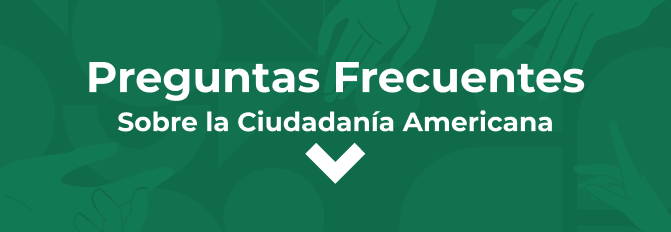In the United States, all children and adolescents, regardless of their legal status, have the right to attend a public school during the compulsory education years (K-12).
The United States offers different types of visa for foreign students seeking to study high school, or continue their university studies. There are five types of visas that allow foreigners to study high school in the United States.
First, the J-1 visa, which corresponds to academic exchange programs for one or two semesters, a period during which the student must live with an American family during their stay. In addition, it is established that the student must be over 15 years of age and under 18 years and six months.
On the other hand, the F-1 visa, to study high school, is similar, with the difference that it is used by international students seeking to reside with a relative.
The F-3 visa for Mexicans and Canadians is exclusive for students living on the border with the United States who seek to study at a border school. However, this is not a visa to reside in the United States, simply to go through the international crossing.

The M-1 and M-3 Visas allow foreign students to carry out vocational and technical studies, for example, those related to music, art or cooking, the M-1 has rules similar to the F-1, and the M-3 is the same as the F-3, a special visa for border students.
On the other hand, it is considered an immigration violation if a tourist visa is used to study high school.



















